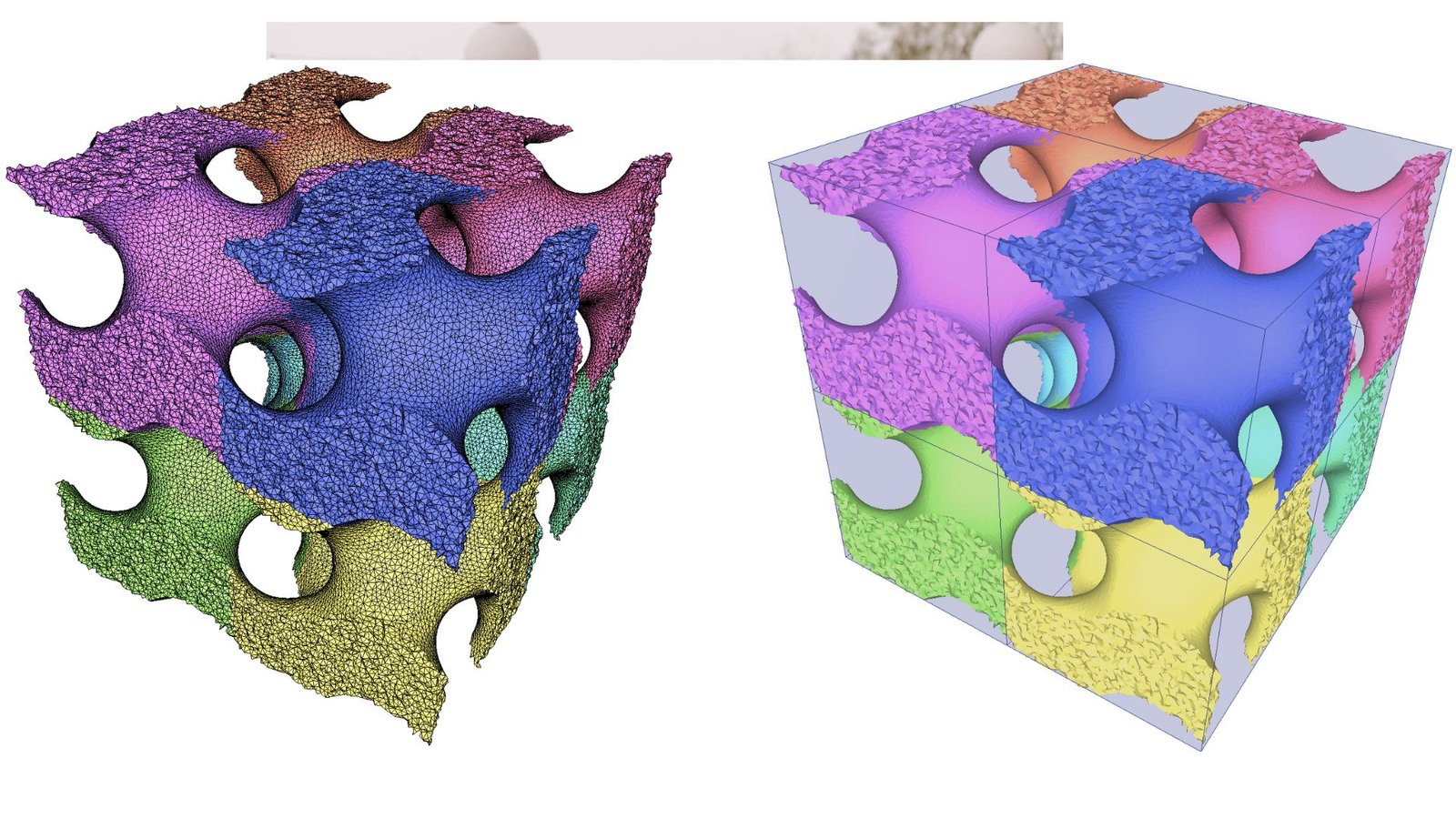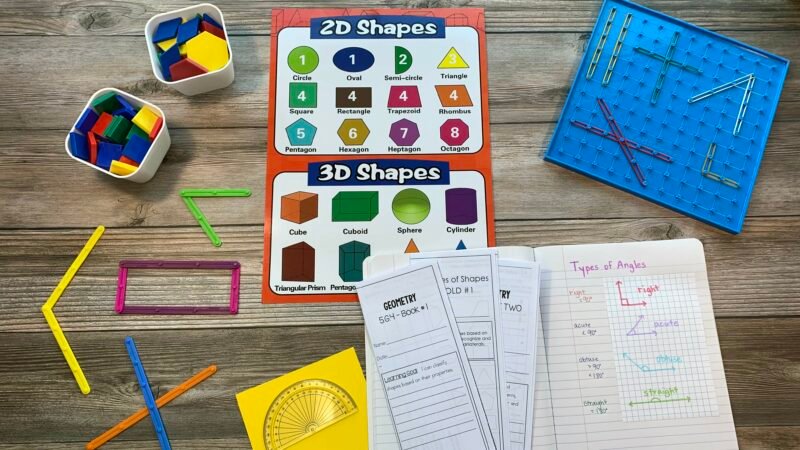Analyzing geometric data effectively is crucial for a variety of fields, including computer vision, robotics, and data science. In this article, we’ll share practical tips on how to approach geometric data analysis, ensuring you get the most accurate and insightful results. By following these guidelines, you can improve your skills and make the most of your data analysis efforts.
Understanding Geometric Data Analysis
Analyzing geometric data effectively involves studying shapes, sizes, and relative positions of objects. This type of data is often collected from various sources, such as sensors, cameras, and simulations. To analyze this data, you must focus on the relationships between different geometric elements. Understanding the basics of geometry and how it applies to your specific field is essential for successful analysis.

1. Start with High-Quality Data
To analyze geometric data effectively, begin with high-quality input. Ensure that your measurements are accurate and free from noise. High-resolution images or precise sensor data will improve your analysis. If your data quality is low, your analysis results will also suffer, leading to incorrect conclusions.
2. Use the Right Tools and Software
Selecting appropriate tools and software can greatly enhance your ability to analyze geometric data. There are many specialized software packages available, such as MATLAB, Python libraries (like NumPy and SciPy), and CAD software. Using the right tools allows you to manipulate, visualize, and analyze your data more effectively.
3. Visualize Your Data
Visualization is a powerful technique in analyzing geometric data effectively. By creating visual representations, such as graphs or 3D models, you can gain insights that might not be apparent in raw data. Tools like Matplotlib or Blender can help you visualize your geometric data, making patterns and relationships easier to identify.
4. Break Down Complex Shapes
When dealing with complex geometric shapes, it’s helpful to break them down into simpler components. Analyzing simpler shapes, such as triangles or rectangles, can help you understand the overall structure better. Once you’ve analyzed the components, you can piece them back together to get a clearer picture of the entire shape.
5. Apply Mathematical Models
Mathematical models are vital for analyzing geometric data effectively. By applying equations and algorithms specific to your data, you can uncover relationships and trends. For example, using geometric transformations or calculus can help you analyze shapes more comprehensively. Familiarizing yourself with relevant mathematical concepts will improve your analysis skills.
6. Focus on Key Metrics
When analyzing geometric data, identify the key metrics that matter for your analysis. These may include area, perimeter, volume, or angles. Focusing on these essential measurements can help you draw meaningful conclusions and simplify the analysis process. Understanding what metrics are most relevant to your project will save you time and effort.
7. Use Statistical Analysis
Incorporating statistical analysis into your geometric data evaluation can provide deeper insights. Techniques such as regression analysis, correlation coefficients, or hypothesis testing can help you determine relationships between variables. This statistical approach enhances the credibility of your findings and supports better decision-making.
8. Validate Your Results
Always validate your analysis results. Cross-checking your findings against known data or using additional datasets can confirm your conclusions. If your results don’t align with expectations, review your methods and data quality. Validation is a critical step in ensuring your analysis is reliable.
9. Stay Updated with Advances
The field of geometric data analysis is constantly evolving. Stay informed about new techniques, tools, and research in your area of interest. By keeping up with advancements, you can adopt new methods that may improve your analysis, making it more efficient and accurate.
10. Practice Regularly
Finally, to analyze geometric data effectively, practice is key. Regularly working on real-world projects will sharpen your skills and increase your confidence. Engage with online communities, participate in workshops, or work on personal projects to apply what you’ve learned. The more you practice, the better you will become at analyzing geometric data.
Conclusion
Analyzing geometric data effectively is essential for extracting valuable insights in various fields. By starting with high-quality data, using the right tools, visualizing information, and applying mathematical models, you can improve your analysis. Focus on key metrics, incorporate statistical methods, and validate your findings to ensure reliability. Stay updated with industry advancements and practice regularly to refine your skills. With these tips, you will become more proficient in analyzing geometric data.




